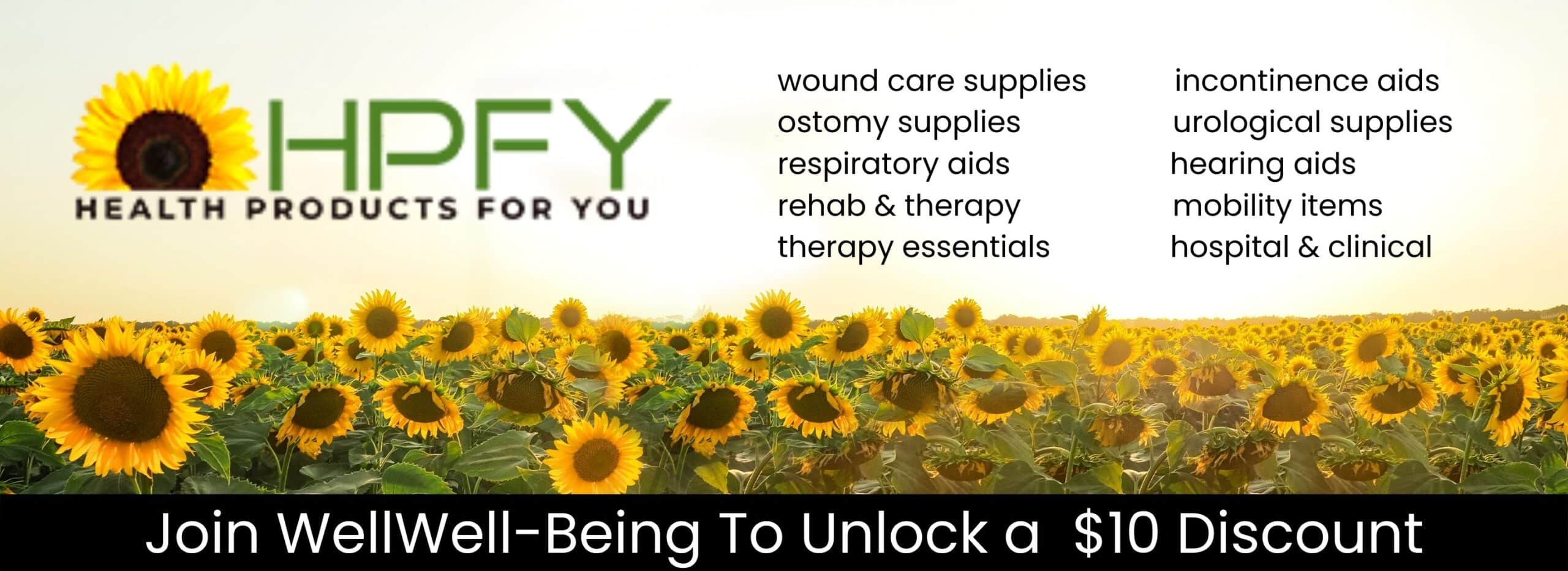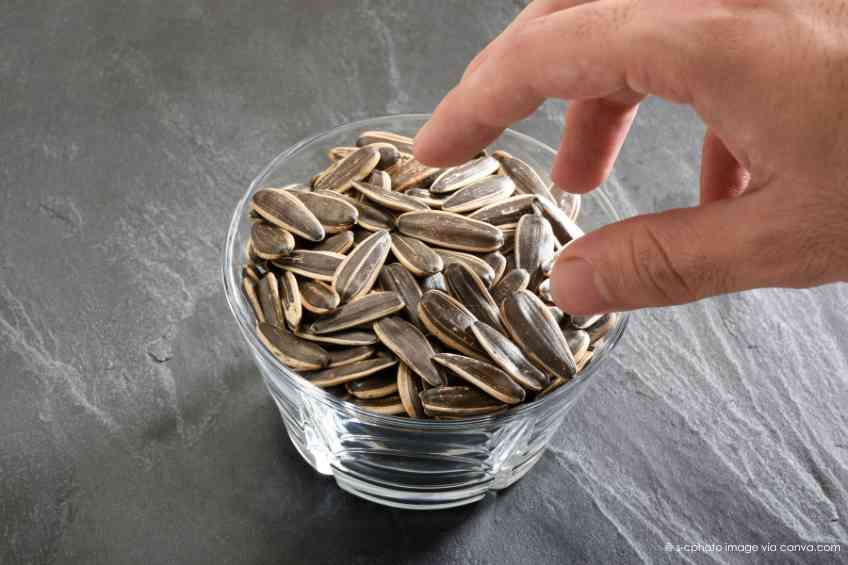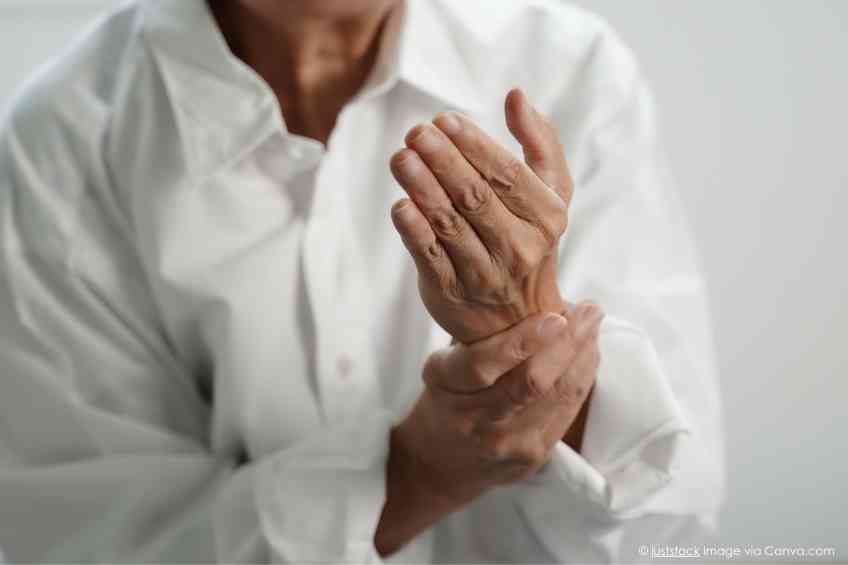The Skinny:
Hypertension is serious business that impacts one in three male adults and slightly more than one in four women. More specifically, high blood pressure puts people at risk for heart disease and strokes, which are the leading causes of death in the United States. Lowering blood pressure for many is therefore a matter of life or death. Yes, diet is important, but so is knowledge and adopting healthy lifestyle changes. Read on for some strategies for beating hypertension, aka “The Silent Killer.”
The Slate:
The Silent Killer’s MO
The Mayo Clinic notes that although pumping blood at a higher pressure has few subjective symptoms, it can damage the heart, thickening and enlarging the left ventricle. This pressure raises the risk of heart attack and heart failure, while also damaging and narrowing the arteries, increasing the risk of aneurysm. The brain is also at risk from transient ischemic attacks, think mini-strokes, traditional strokes and mild cognitive impairment or dementia. If that’s not enough, hypertension is also detrimental to kidneys, eyes and sexual function.
Numbers Game
It is essential to keep an eye on the scale; overweight and hypertension are strongly related. Blood pressure’s important top number, systolic, indicates maximum pressure against artery walls in millimeters of mercury (mm Hg.) The lower number, diastolic, shows minimum pressure. A normal or healthy range is up to 120 over 80. Systolic readings over 120 are considered elevated. Stage 1 hypertension starts at the 130s over 80s. Systolic readings over 140 and diastolic over 90 indicate Stage 2. If values exceed 180 over 120, immediate medical attention is advised.
Get Moving
There are endless reasons why physical activity is an enormous benefit. In terms of hypertension, it helps control high blood pressure, while also helping to manage weight, strengthen hearts and lower stress levels. Combined, a healthy weight and a strong heart are a great way to keep blood pressure at bay.
Run To DASH Diet
The original gold standard for treating hypertension, the DASH Diet, “Dietary Approaches to Stop Hypertension,” was introduced in the 1997 New England Journal of Medicine. The approach focuses on choosing foods that are rich in potassium, calcium, magnesium, fiber and protein, while low in saturated fat, trans fat and salt. The DASH diet may also help lower levels of low-density lipoprotein (LDL) cholesterol, which has been linked to heart disease.
Quality and Quantity
An effective DASH Diet includes daily consumption of six to eight servings of grains, four to five of vegetables, four to five of fruits and two to three of non-fat or-low-fat dairy products. A weekly intake of four to five servings of nuts, seeds, dry beans and peas are also recommended. Fats and oils should be limited to two to three servings, while lean meat, poultry and fish are set at six ounces daily (or one egg). Sweets and added sugars should be held to less than five weekly servings.
Alcohol, Caffeine and OTC Pain Meds
The DASH diet also recommends a limit of two alcoholic drinks per day for men and one for women. Since caffeine may temporarily increase blood pressure, caffeinated drinks are similarly limited. A 2002 report warned that both pain and over-the-counter caffeine-containing pain relievers and NSAIDs (non-steroidal anti-inflammatory drugs) can provoke transient blood pressure spikes. Individual effects may vary, making it wise to monitor their impact and check with a doctor on consumption limits.
Smoke Out
Smoking is never a good idea. Those puffing away should quit and others should avoid the habit at all costs. After all, it is the leading cause of preventable death in the United States. Smoking also increases the risk factor of high blood pressure, which, as noted, can lead to heart attacks and strokes.
Sodium vs. Potassium
The term “salt” is often used to mean sodium. Potassium is also a salt, yet it and sodium’s impact on blood pressure are very different. Simply put, sodium intake increases blood pressure, while increasing potassium lowers it. Check excessive sodium intake by reading labels and choosing fresh rather than pre-seasoned foods. When out, ask the chef to skip the salt and explore seasoning with other spices.
Cut the Fat
It is important to know whether fat is a bad saturated type or an unsaturated. Read labels and choose reduced-fat spreads with olive or sunflower oil. Go for leaner cuts like turkey breast and skinless chicken cutlets. It is also wise to routinely trim off visible fat and skin. Grill, poach, bake or steam food rather than frying or roasting it. Extend the taste of meat in stews and curries by adding vegetables and beans.
Be Patient
Psychological theory and research suggest that small behavioral changes are most likely to stick. Sudden, major changes that hold an “all-or-nothing” attitude generally result in limited gains. A “one-day-at-a-time” approach, taking small, easy, cumulative steps works best. Patience pays off. On hypertension, after a while, jaded palates reset and expectations for fat and salt levels change, increasing appreciation of cleaner, fresher-tasting foods.
Eyes Up:
What is your hypertension battle plan? Let us know at info@wellwellusa.com.
WellWell editors independently identify services and products of interest. If readers purchase anything through the associated links, WellWell may earn a commission, which goes to support our work. Learn More.













